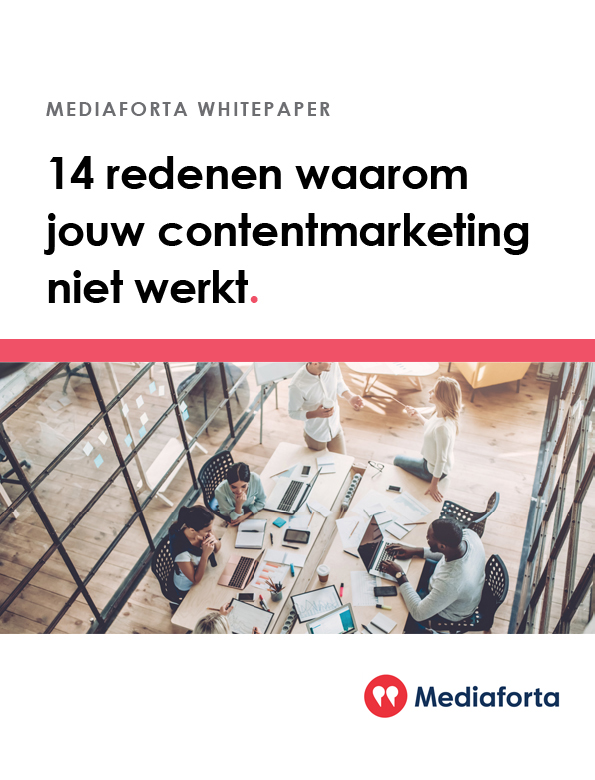- Content Production
How to write better IT content
There’s no single best way to write about IT. Your approach should depend on who your intended readers are, and what exactly you have to say to them.
If you’re producing marketing copy aimed at consumers, it’s best not to get too technical. Some people may get excited reading about the specifics of new technologies, but a much bigger audience will be alienated by technical jargon.
Focus instead on what the technology does. Explain the problems it solves; excite the reader with a vision of how their lives would be improved if they bought the product.
And, as always with consumer copy, hammer home the branding. Consumers can easily get mixed up when it comes to gadgets and services. Give them every opportunity to learn and remember the name of the product you’re presenting.
Writing for B2B
Business buyers are a quite different audience. If an IT manager is reading your copy, they probably already know how your product will improve their lives. Now it becomes important to address competing solutions, and set out in detail why your offering is superior to the alternatives. You need to not only persuade the reader to make the investment, but provide a justification that they can present to a departmental head or CFO.
For this audience, you can be bolder in using technical terms. It’s likely that your reader will have a technical background, and you can gain their confidence by showing that you speak their language and understand their requirements.
At the same time, it never hurts to accompany technical content with a brief summary in plain English. As well as helping readers who aren’t au fait with the topic, this provides further reassurance that you know what you’re talking about, and aren’t just parroting buzzwords.
Product documentation
Not all IT content is sales-oriented: much documentation is produced for internal consumption. The goal here is not to drive a purchasing decision, but to help people make better use of the systems that are already in place.
This means you can almost forget about branding and comparisons, except where necessary to distinguish products and services from one another. Nor do you need to appeal to people’s imaginations: your reader normally already knows what task they want to accomplish, and isn’t (at this point in their workflow) looking for change or disruption.
The focus therefore needs to be on specific processes. Most likely your reader wants to know how to get quickly and easily from A to B, so help them by keeping your instructions concise and unambiguous. Avoid wasting the reader’s time or distracting them with diversions – although you may be able to help them to help themselves in the future, by providing a little explanation as to why you’re recommending the steps you’re advising, and what would happen if they did something different.
Communication is key
No matter who you’re addressing, bear in mind that you are not writing for pleasure, or to show off your literary skills. The goal is for the reader to come away feeling fully informed and empowered to make a decision or carry out a task. Of course, it’s no bad thing if they enjoy reading your copy along the way – indeed, that helps keep them engaged – but keep a light touch with anything that doesn’t directly contribute to the informational goal.
Remember too that you don’t need to rely solely on words to make your message effective. Layout elements such as subheadings and bullet points help people instantly grasp the structure of what you’re presenting. Paragraph breaks and white space also make your text more accessible: it’s far easier to skim down a series of paragraphs than to pore through a big block of prose. Use bold text to catch the reader’s eye with key terms and phrases. Give them every opportunity to spot something interesting and jump in.
Worth a thousand words?
If you have the ability to include images along with your text, these can really help bring your message to life. Marketing images help people visualise the experience they’re going to have with a product or system, while for documentation a screenshot is far clearer than a written description of a graphical interface.
Don’t go overboard, though. Don’t wreck the flow of your text by sticking a screenshot between every paragraph. Crop your images so they show only relevant content, and scale them so that text is easily legible: I see far too many shots of entire desktops or overcrowded application windows, where the details are hard to make out and it’s not clear what exactly is the focus of the image.
If you’re writing for online distribution, you may also have the option of embedding video. This can add a further dimension to your communication, but it should be used even more sparingly than static images. Information in a video can’t be skimmed or searched for in the same way as plain text: if you’re going to post a video, provide a textual summary of its content too. For extra brownie points, include timestamps to help the reader jump specifically to the part of the video they’re interested in.
And as with images, keep your videos as short and focused as possible. You’ll be serving the viewer best if you give them what they need, without wasting their time or distracting their attention with irrelevant content.

How to write a good briefing for your texts?

14 redenen waarom jouw contentmarketing niet werkt
Heb je weinig of zwakke leads, weinig bezoekers, weinig clicks? We sommen in deze whitepaper 14 redenen op waardoor het fout kan lopen en geven tips hoe je dit kan vermijden.

